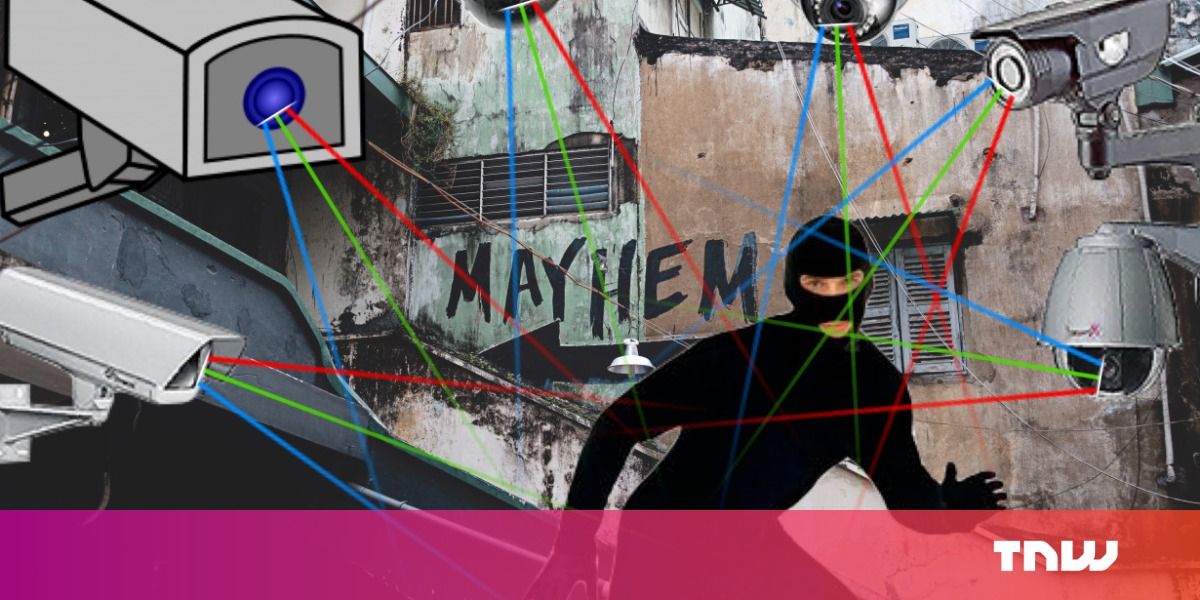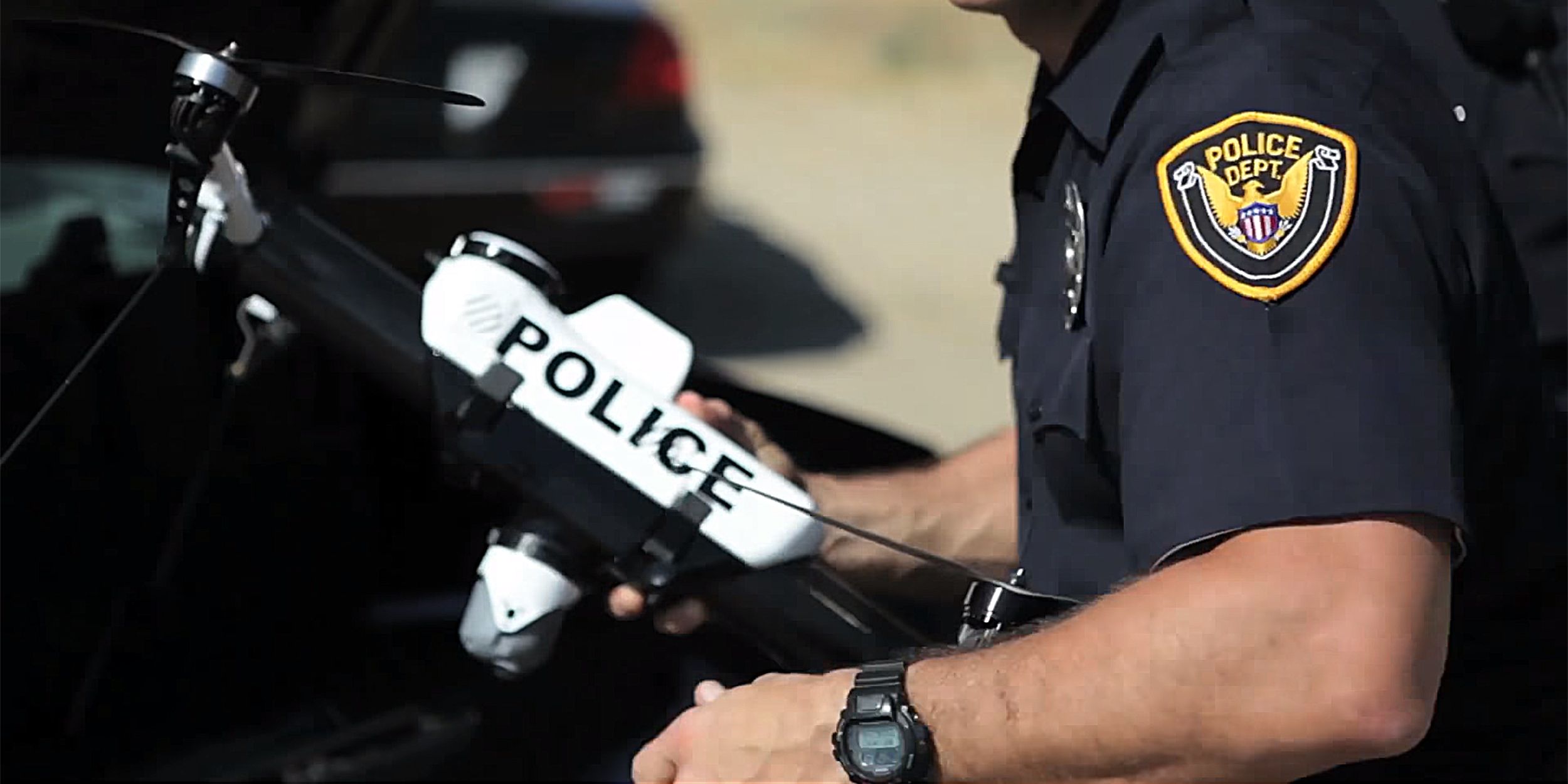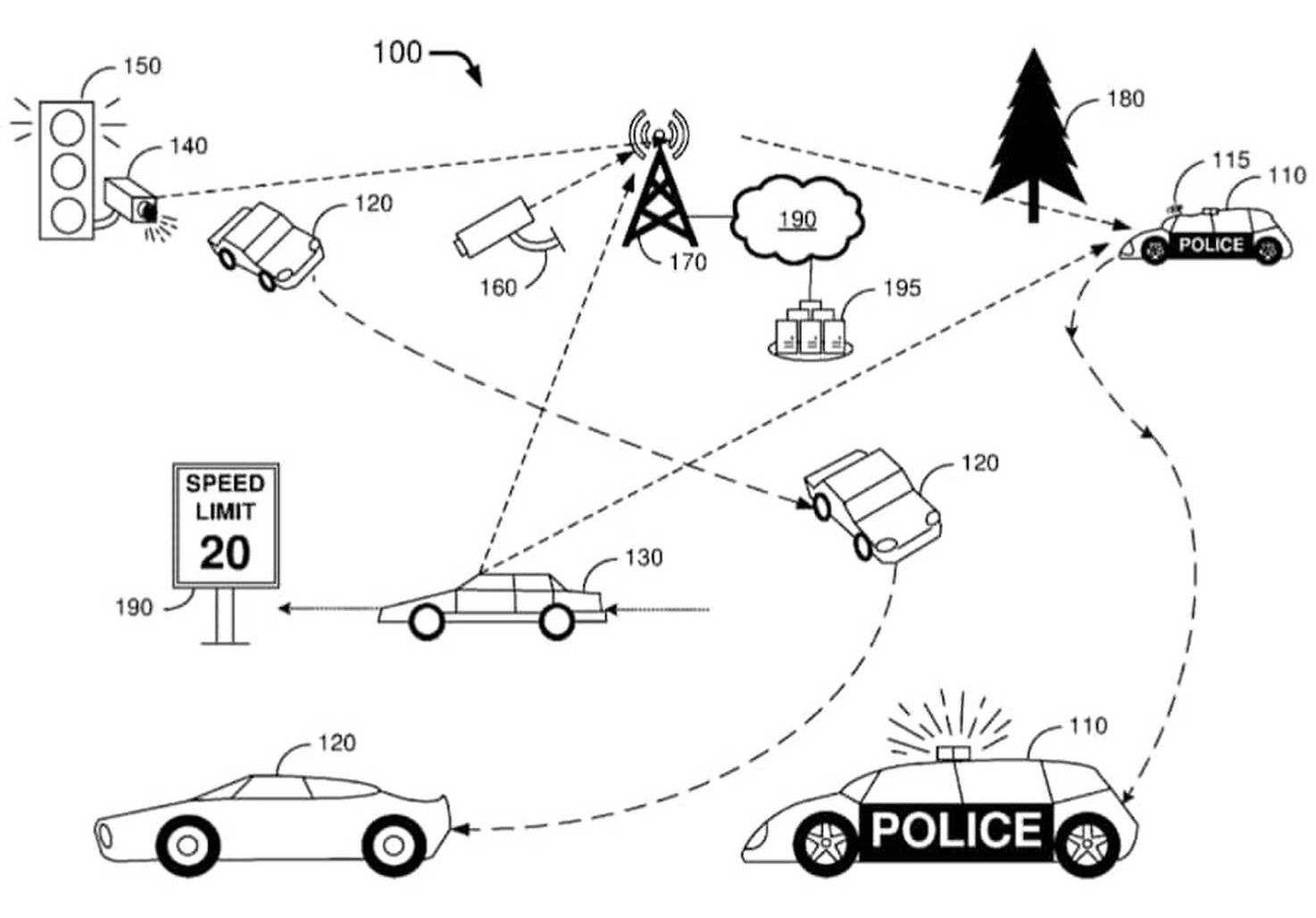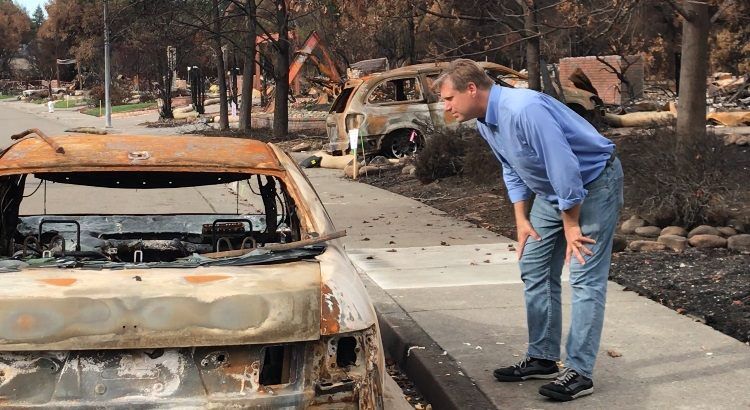Are U.S. killer drones headed to the Philippines? There are already U.S. special operators fighting ISIS there. There could soon be American drones carrying out airstrikes there, too, according to a plan under consideration inside the Pentagon, NBC News reported Monday. “The authority to strike ISIS targets as part of collective self-defense could be granted as part of an official military operation that may be named as early as Tuesday, said the officials. The strikes would likely be conducted by armed drones.”
SecState Rex Tillerson gave the pitch some momentum Monday in Manila when he said the U.S. was providing the Philippine government “some recent transfers of a couple of Cessnas and a couple of UAVs (drones) to allow to them to have better information with which to conduct the fight down there.”
And in a bid to cut off concerns over working even more closely with alleged human rights abuser Philippine President Rodrigo Duterte, Tillerson said that’s pretty much just not an issue right now: “I see no conflict at all in our helping them with that situation and our views of other human rights concerns we have with respect to how they carry out their counternarcotics activities.” More from NBC News, here.





